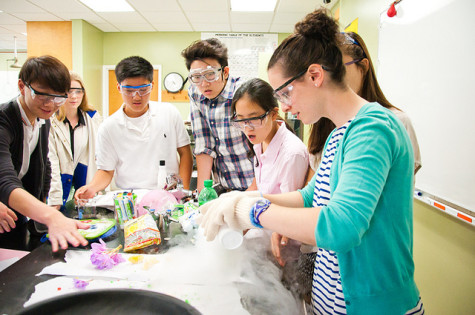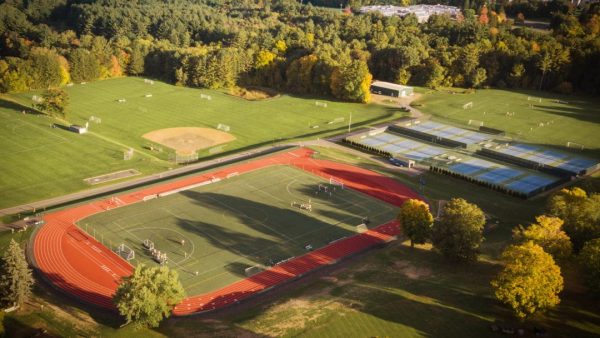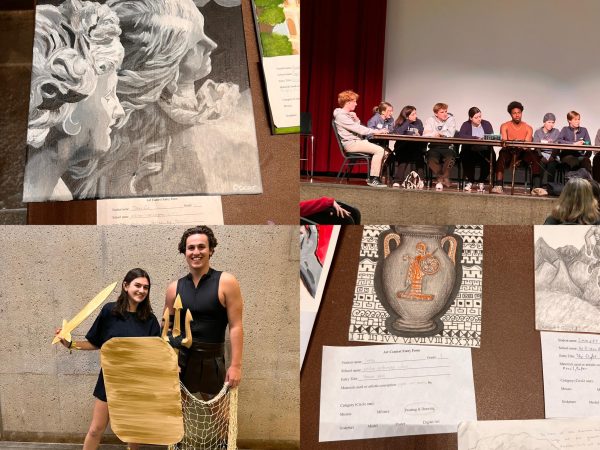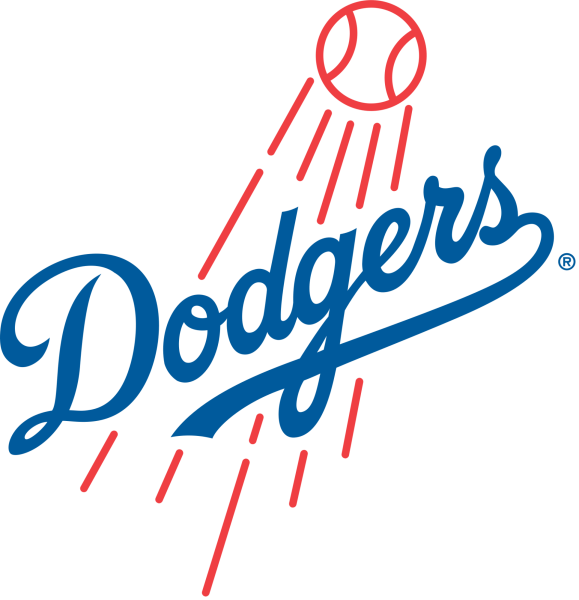STEM at Williston
What is STEM? The simple answer is science, technology, engineering, and math. However, in the real world, STEM is much harder to categorize
According to STEM School, the goal of STEM schools is to “help our nation’s youth gain skills … [like] the ability to think critically, solve complex problems, and drive advancements in science and technology.” Many so-called “STEM schools” offer integrated classes toward this end. However, Williston Science Department Head Bill Berghoff believes that the “STEM school” label seems “almost redundant.”
“My personal belief,” Berghoff says, “is if you teach science in a certain way, it is STEM.” He points to a physics class, for example. Though Williston does not call physics a STEM course, it integrates all four aspects of STEM: it is a science course, it uses technology in a variety of forms, and it works with engineering problem solving using math. Mr. Berghoff adds that though “we don’t talk about [STEM], we’re executing it better than many.”
Williston’s integration of math and science curriculum takes many forms, but the one that stands out most, according to James Kim ’15, is the Advanced Integrated Science program. This is an afterschool program that becomes a class in the third trimester for juniors and seniors who take an AP science class and show special interest in STEM. Kim says that his group is trying to create a device related to their study of coral reefs. “In modeling it, we are going to use mathematics and programing…to bring forth an integration,” Kim says.
Kim also noted that “STEM is rising in prominence.” In our rapidly advancing and ever-changing world, many schools are focusing their curriculums more and more towards STEM disciplines. And for good reason —according to Stem School, science and engineering jobs are growing 70% faster than other occupations.
However, in her article for the Spring 2014 edition of the Williston Northampton Bulletin, “Questioning Minds,” Megan Tady remarked that the United States is falling behind other countries in our math and science education. “The 2012 Program of International Student Assessment,” Tady writes, “[showed that] in math, the US ranked behind 29 education systems in other countries; in science, 22.”
“I think we shortchange our students overall if we don’t give them a strong math and science education,” Williston alumni Dr. Cherie Holmes ’75 told the Bulletin, “because it’s the baseline for the structure on which to build everything else.”
Williston is certainly not one to shortchange its students when it comes to math and science. In the fall of 2013, Williston implemented its “physics first” program, and that was just the beginning. Plans to install solar panels on the Athletic Center and Hockey Rink roof were approved by the trustees in May, 2014. According to Tady’s article, these panels are expected to produce 283,500 kilowatts per year, equal to “10 percent of the total 2.5 megawatts used by the school.”
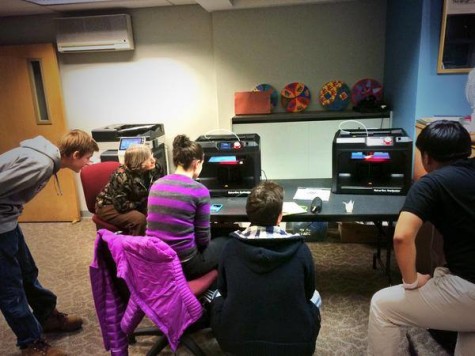
Michelle Lawson and students watch the 3D printer work its magic.
In addition, Williston purchased a 3D printer this winter. Science teacher Michelle Lawson says it provides “endless possibilities…to explore modern technology and…to integrate that into classes,” specifically integrated science. Lawson notes that “there are times where kids want to build something but don’t have the right materials, so with this we could print out models.”
However, there are bigger plans on the horizon. For years, there have been rumors of a new science and math center, but now those plans are finally materializing. The new building has been planned and approved, but is still awaiting funding.
According to Bill Berghoff, this will lead to “collaboration of math, science, engineering in one building.” With the current setup, science classes take place in Scott Hall while math classes take place across the street in the Schoolhouse. By placing the “two departments in the same space [with the] offices connected,” Mr. Berghoff hopes that the new building will facilitate cooperation between the math and science departments.
Mr. Berghoff says that “[right now] there is some coordination, but we want to make it more intentional.” For example, teachers are currently making an effort to integrate the freshman physics and math curriculums so they learn the same concepts at the same time. However, if the two classes took place right next-door to each other, the possibilities for collaboration would expand enormously. Berghoff says that when a student can “learn it in math and apply it in science class, it becomes a little more legitimate.”
The value of science is teaching people to have a questioning mind and to look for evidence.
— Nina Goodrich '74
With so many new developments in Williston’s future, there is no doubt that science, technology, engineering, and math will remain an educational focus for years to come. But the question remains: why is STEM so important?
Williston alumna Nina Goodrich ’74 has an answer. “The value of science is teaching people to have a questioning mind and to look for evidence,” Goodrich told the Bulletin. “It allows you to be more inquisitive, to ask the right questions, and to not be led so easily.”



